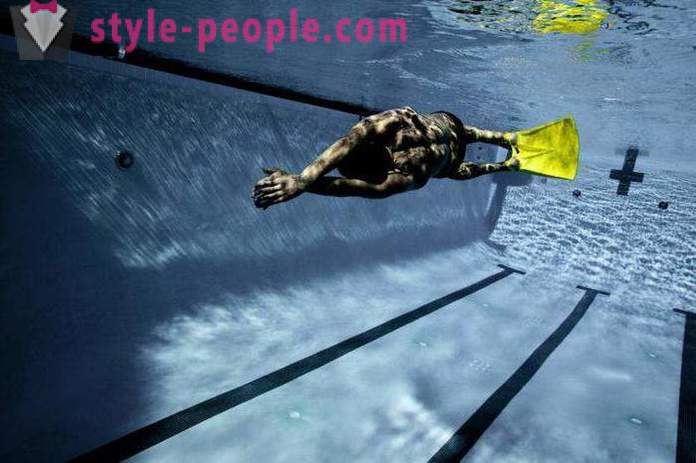How to choose fins for swimming: step by step guide
On the market today is a wide range of fins for swimming. The intended use depends on the material from which they are made, and, consequently, the cost of inventory. What this sports equipment (fins, mask, snorkel for swimming)? What should opt for?
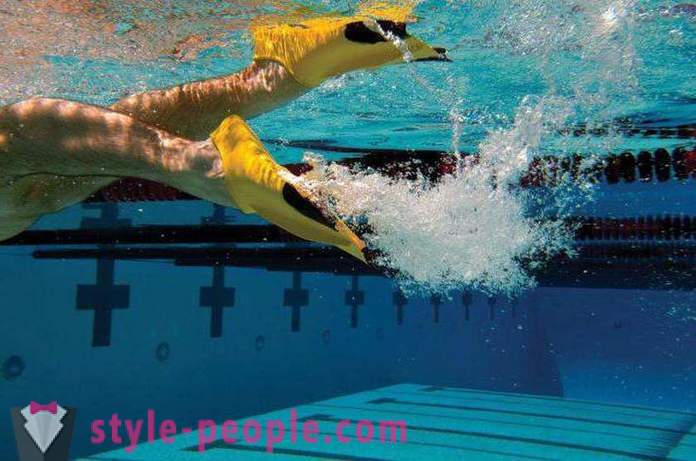
The advantages of using flippers for swimming
Flippers for navigation are necessary for those who want to learn the skill faster and easier. The use of sports equipment will allow:
- to learn the correct swimming technique or improve existing skills;
- to work out the correct body position in the water (it's not easy to explain, especially a child);
- to learn wavelike movements in the styles of dolphin and breaststroke;
- to avoid excessive bending of the knees during the voyage;
- work force and leg kick technique in the pool;
- to increase the flexibility of the feet and joints and strengthen muscles;
- improve overall stamina, strength;
- increase the speed of movement in the water.
Flippers for navigation, depending on the purpose of
For diving and training technique the swimmer in the pool, children swimming or various sports equipment need without scuba gear. Newcomer is not so simply to understand the kinds of fins, but the correct choice depends on convenience and service life of the product. Flippers for navigation can be for the pool, diving, children.
Fins Diving
Flippers for diving have good maneuverability helps save power while traveling over long distances with the equipment. For scuba diving, depending on the swimmer's preparation using two types of inventory:
- products with open heel and a hard shoe, which are on top of the boat made of neoprene diving flippers more speed;
- model with a wide fin of plastic and rubber shoe - a budget option.
To swim without scuba gear, this equipment has a good high-speed characteristics, but inferior in agility. Such fins are rubber overshoes with long and narrow fin. From fin length dependent speed capabilities.
in the pool Flippers for navigation
There are several types of fins that are used in the pool:
- Fins with adjustable open heel (used as a shoe, and without it) are considered to be the most practical. Due to the potential size of the adjustment, they can be used by several people.
- Inventory with closed heel - the perfect solution for those who like to dive from heights. These fins are ideal for swimming and snorkeling, and universal tools will be, if the swimmer combines swimming in apnea or with equipment.
- Flexible, broad, composite fins of rezinoplastika allow the feet less tired. Products from Thermoplastic variety of color palette and reduce inventory costs.
- Short fins are used to improve the swimmer's technique. Such tools may be made of plastic (normally used for navigation in shallow water) or rubber (for testing abrupt maneuvers).
- The long, narrow flippers - suitable speed fans.
- Fins with a forked blade makes movement of leg muscles natural as walking. This equipment allows to make less effort during the stroke and easier to maneuver.
- monofin (like a fish tail) to help improve the technique and strengthen the muscles of the body, however, novice swimmers need instructor assistance in mastering the monofin. Generally such equipment is used in free diving. Monofin are: classic; giperfiny (have stiffening ribs on the plate, and the edges of the wings also galoshes plate fixed to a certain angle); flyers (transition model between classic and giperfinami have an increased level of hardness, but the angle between the plate and galoshes offline).
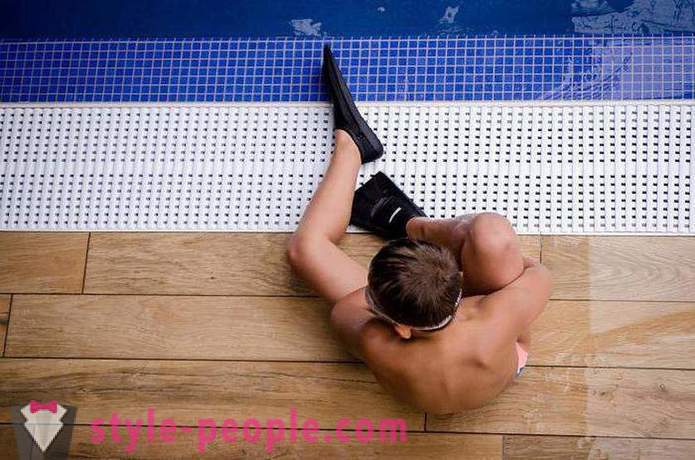
Children's flippers for swimming
In a separate category for children isolated flippers. In order to reduce the burden on children's feet using soft enough products made from environmentally friendly materials. It allows novice swimmers less tired. Children's fins are divided into the same patterns as adults but the product with open heel "grow" with the child.
Selection of the optimal size of the fins
The main condition for when selecting such a sports equipment - it's comfort and convenience. It is desirable to measure carefully before buying flippers for swimming and spend at least 10 minutes in them. Any compression - a circulatory disorder that threatens convulsions, and water can be life-threatening. Therefore, you should choose the size of the product to a larger one on the foot size.
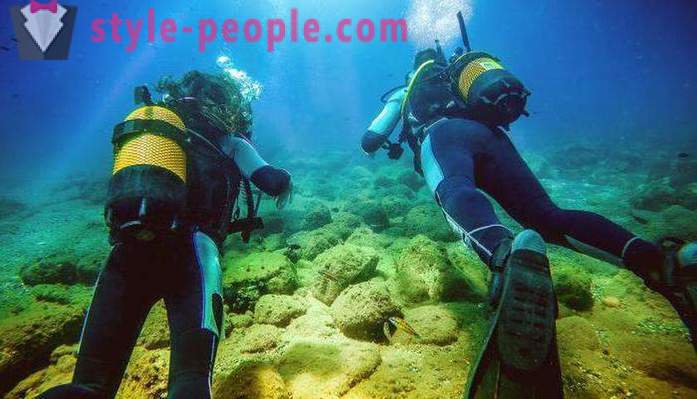
When you select a size for this sports-flops do not forget to take into account the possible use of the boat.
Features fins of choice for child
When choosing a flipper baby should pay attention to the sports equipment from environmentally friendly, hypoallergenic materials of good quality. To reduce the likelihood of injury using a model that tightly flow around the foot and the heel hold perfectly. The most popular flippers are short rectangular samples with a closed heel. For novice swimmers need elastic rubber fins to reduce the burden on children's joints. But if you intend to use for a long period, you should pay attention to the fins with the ability to change the size of galoshes.
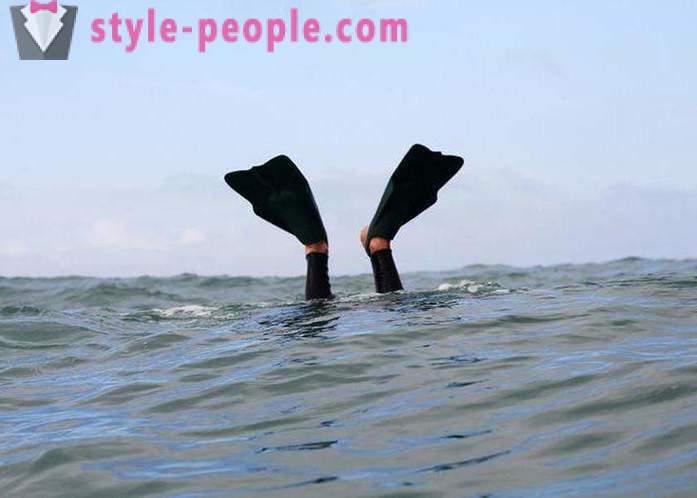
How to wear flippers
In order not to have difficulties in putting on fins, you should know how to do it correctly.
- In order to facilitate the process and reduce the friction obuvaniya degree of pre-need rinsing with water fins.
- If you are using bots, they need to pre-soak.
- If the fins have an adjustable strap, it is necessary to weaken, and lock in on the leg.
- For donning flippers with closed backs need a bit of skill. The back is turned in under the sole, then you need to push through a sock, pulling the heel - foot inside. After it is necessary to return the heel in place.
The basic rules of care for fins
Sports equipment (flippers and mask for diving, as well as other products) will delight the owner for a long time under the following simple rules of operation:
- after the use of all rubber components should be cleaned and dried;
- should not be stored or dried fins near heaters;
- Do not bend the fins and put them on other objects during storage (ideal single hook on the wall);
- long-term storage must be removed from the belt clamps.
Fins, which are operated correctly, will last for many years.

